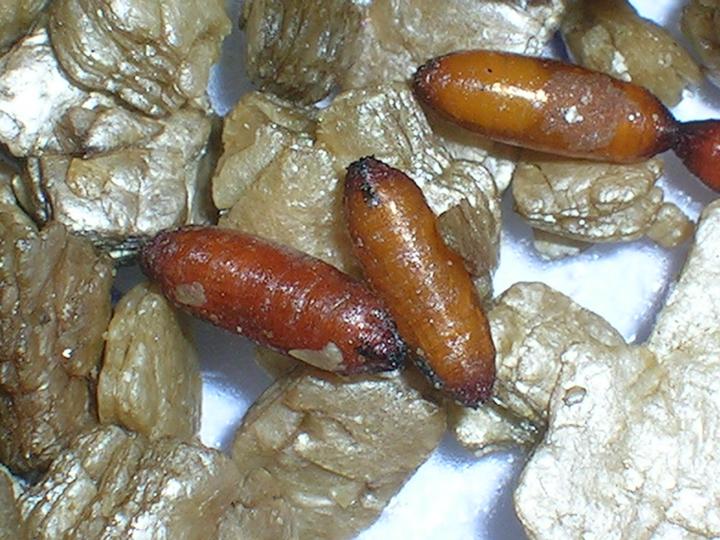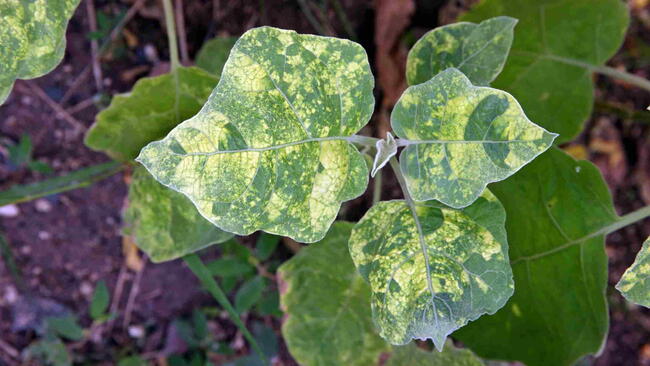
Caption
The larva of the cabbage root fly, or the cabbage root maggot, can be a serious pest, so learn how to get rid of it here.
Learn How to Prevent Cabbage Root Maggots
Read Next
Gardening Products
More Like This
It sounds you might be dealing with a different sort of pest. Perhaps a cabbage looper. The following page from the Maine Dept. of Agriculture offers some additional info about identifying cabbage pests and figuring out what to do about them: https://www.maine.gov/dacf/php/gotpests/bugs/cabbage-worms.htm
It is difficult to say what kind of larvae are boring into your rose roots. To get rid of them: Prune the rose canes to be 5 to 6 inches high, then gently dig up the shrub, hose off the roots (over a barrel or bucket full of warm soapy water) until all of the larvae are gone from the roots, remove the affected soil and replace it with new soil and compost, and replant. If the rose is too badly damaged, consider replanting with a new rose. Be sure the larvae are dead before discarding them. If done in the fall, your rose should bounce right back in the spring.












Comments